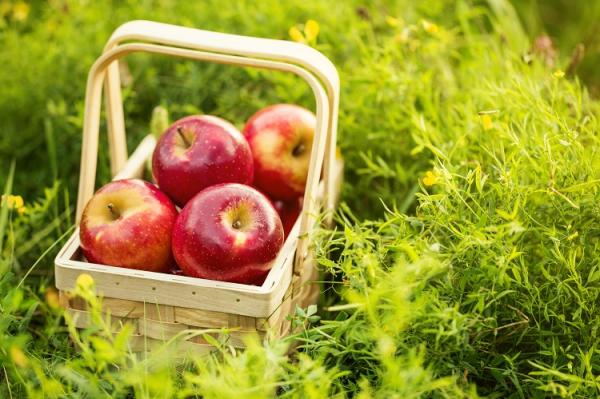Languages
 English
English ภาษาไทย
ภาษาไทย
European Apples Diversity: A Colorful Palette of Flavors
When it comes to apples, Europe boasts a rich and diverse tapestry of flavors and varieties that span centuries of cultivation. From the rolling orchards of France to the rugged landscapes of the Alps and the historic groves of England, European apples have a story to tell in every bite. This article explores the captivating world of European apples, revealing the unique characteristics, histories, and flavors that make them a colorful palette for apple enthusiasts around the world.
A Historical Tapestry
European apple cultivation dates back thousands of years. Ancient Romans and Greeks prized apples for their versatility and taste, and they introduced various apple varieties to different regions. Over the centuries, European orchardists perfected the art of apple cultivation, leading to the development of numerous unique apple varieties.
Notable European Apple Varieties
1. Cox's Orange Pippin (United Kingdom): This quintessential English apple is known for its sweet, aromatic flavor with a hint of tartness. It's a favorite for fresh eating and is often used in desserts and cider production.
2. Granny Smith (Australia, but originally from Europe): Although Granny Smith apples are often associated with Australia, they were first discovered in Europe. These bright green apples have a crisp texture and a tart, refreshing taste.
3. Golden Delicious (United States, but originating in Europe): Golden Delicious apples are a globally recognized variety known for their sweet and mellow flavor. They were developed in West Virginia, USA, from a chance seedling with European origins.
4. Belle de Boskoop (Netherlands): With its tangy flavor and firm texture, the Belle de Boskoop apple is a favorite for cooking and baking in Europe. It's prized for its ability to hold its shape during cooking.
5. Pink Lady (France): Known for its distinctive pink blush and sweet-tart flavor, the Pink Lady apple was originally cultivated in Western Australia but has strong ties to France.
6. Reinette du Canada (France): This French apple variety is celebrated for its crisp and juicy flesh, as well as its unique nutty, spicy flavor profile.
7. Gala (New Zealand, but with European ancestry): Gala apples, originally from New Zealand, have European roots in their parentage. They are known for their sweet and aromatic taste.
Flavors of the Terroir
One of the intriguing aspects of European apples is their diversity of flavors, influenced by the concept of "terroir." Terroir refers to the environmental factors such as soil, climate, and geography that influence the taste and characteristics of agricultural products. European apple orchards are scattered across a wide range of climates and landscapes, resulting in apples with distinct regional flavors.
For instance, apples grown in the cool, misty orchards of Normandy, France, are often used to make the world-renowned Calvados apple brandy, thanks to their unique blend of sweet and bitter flavors. In contrast, the crisp alpine air of Switzerland produces apples with a crispness and intensity that's truly refreshing.
European apples are more than just a snack; they are a testament to the continent's rich history and agricultural expertise. Whether you're biting into a crisp Belle de Boskoop or savoring the sweet-tart notes of a Pink Lady, each European apple variety contributes to the colorful palette of flavors that define this ancient and beloved fruit. So the next time you enjoy a European apple, take a moment to appreciate the centuries of tradition and innovation that have gone into creating these delectable treasures.

